25 pages • 50 minutes read
William WordsworthOde: Intimations of Immortality from Recollections of Early Childhood
Fiction | Poem | Adult | Published in 1807A modern alternative to SparkNotes and CliffsNotes, SuperSummary offers high-quality Study Guides with detailed chapter summaries and analysis of major themes, characters, and more.
Further Reading & Resources
Related Poems
“My Heart Leaps Up” by William Wordsworth (1807)
Although published in 1807, this poem was written in 1802—about the same time as the first four stanzas of “Ode.” It more succinctly addresses the same idea. Wordsworth made the last three lines of this poem the epigraph to his “Ode,” which elaborates and clarifies the thoughts and feelings of the shorter poem.
“Tintern Abbey” by William Wordsworth (1798)
The poem has a much longer official title, but is best known as “Tintern Abbey.” It is another famous example of Wordsworth’s abiding interest in the inspirational power of childhood memories and his transcendental view of nature.
“Ode to the West Wind” by Percy Bysshe Shelley (1820)
This is another famous Romantic ode, formally very different from Wordsworth’s “Ode” but expressing a similar fascination with nature. The poet praises the wind for its power to contribute to the change of seasons and to nature’s rejuvenation in the spring. He hopes the wind might also enable his personal spiritual rebirth.
“Ode to a Nightingale” by John Keats (1819)
In this equally famous ode, the poet admires the purity of the nightingale’s song and celebrates the bird’s ability to express joy unadulterated by the awareness of death which burdens humankind—a theme also prominent in Wordsworth’s “Ode.
Related Titles
By William Wordsworth

A Complaint
William Wordsworth

A Slumber Did My Spirit Seal
William Wordsworth

Composed upon Westminster Bridge, September 3, 1802
William Wordsworth
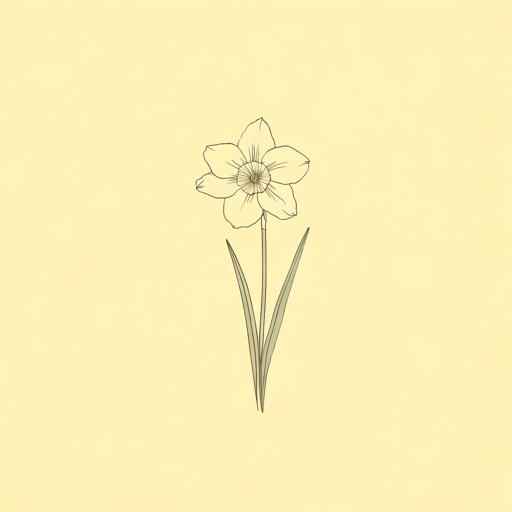
Daffodils
William Wordsworth
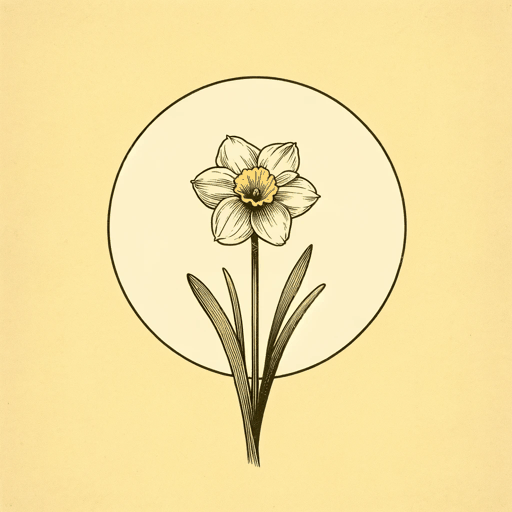
I Wandered Lonely as a Cloud
William Wordsworth
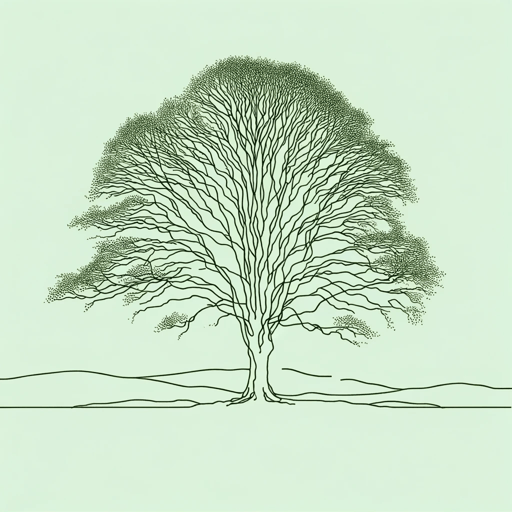
Lines Composed a Few Miles above Tintern Abbey ...
William Wordsworth

London, 1802
William Wordsworth

Lyrical Ballads
William Wordsworth

My Heart Leaps Up
William Wordsworth

Preface to Lyrical Ballads
William Wordsworth

She Dwelt Among The Untrodden Ways
William Wordsworth

She Was a Phantom of Delight
William Wordsworth

The Prelude
William Wordsworth
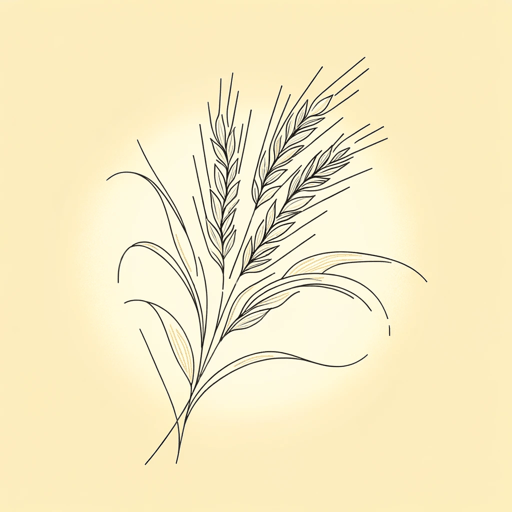
The Solitary Reaper
William Wordsworth

The World Is Too Much with Us
William Wordsworth
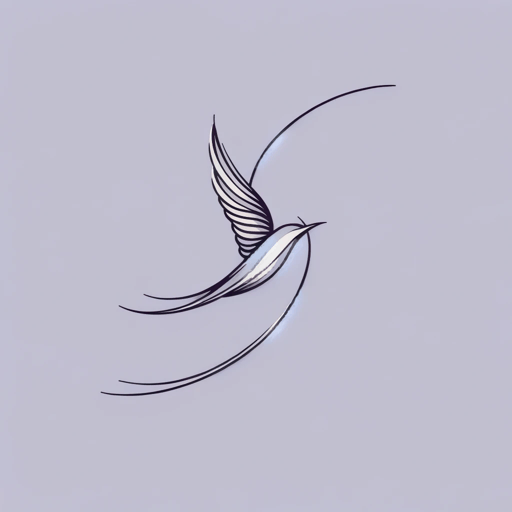
To the Skylark
William Wordsworth

We Are Seven
William Wordsworth

